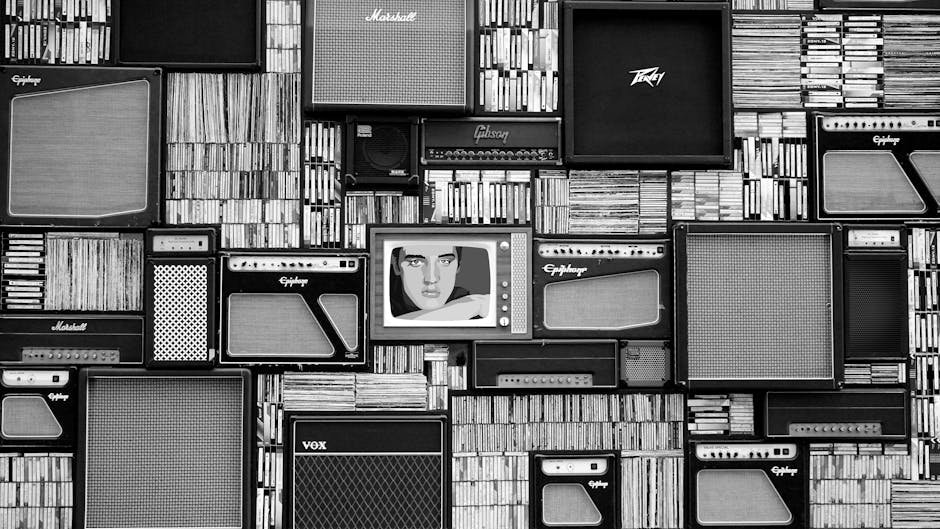Ham radio vs shortwave radio

Ham radio vs shortwave radio
Table of Contents
1. Understanding Ham Radio and Shortwave
2. The Technical Differences
3. The Purpose and Use of Each
4. Licensing and Regulations
5. Equipment and Cost
6. The Communities and Culture
7. The Pros and Cons
8. Conclusion
Understanding Ham Radio and Shortwave
Ham radio, also known as amateur radio, and shortwave radio are two popular forms of communication that have been around for decades. Both have their unique features, advantages, and communities. In this article, we will explore the differences between ham radio and shortwave, their uses, and what makes them stand out in the world of radio communication.
The Technical Differences
Ham radio operates on a range of frequencies known as the amateur bands. These bands are allocated by the Federal Communications Commission (FCC) and are used exclusively by licensed amateur radio operators. Ham radio can be used for a variety of modes of communication, including voice, digital, and Morse code.
Shortwave radio, on the other hand, refers to the use of frequencies in the HF (high frequency) band, which ranges from 3 to 30 MHz. Shortwave can be used for broadcasting, where signals can travel long distances and be received by anyone with a shortwave receiver.
The Purpose and Use of Each
Ham radio is often used for personal communication, emergency communication, and even for contests and awards. Ham radio operators, also known as hams, often use their radios to talk to other hams around the world, to provide communication during disasters, and to experiment with radio technology.
Shortwave radio is commonly used for international broadcasting. Many international broadcasters use shortwave to reach listeners in other countries. Shortwave is also used by some military and diplomatic services for communication.
Licensing and Regulations
One of the biggest differences between ham radio and shortwave is the requirement for a license. To operate a ham radio, one must pass an exam and obtain a license from the FCC. This license allows the operator to use the amateur bands and to transmit signals.
Shortwave listening, on the other hand, does not require a license. Anyone can purchase a shortwave receiver and listen to broadcasts from around the world. However, to transmit on shortwave frequencies, a license is required.
Equipment and Cost
The equipment needed for ham radio and shortwave can vary greatly in cost. Ham radio equipment can range from a simple handheld radio to a complex base station with multiple antennas. The cost can range from a few hundred to several thousand dollars.
Shortwave receivers can be much less expensive, with many models available for under $100. However, for those interested in transmitting on shortwave frequencies, the cost of equipment can be similar to that of ham radio.
The Communities and Culture
Both ham radio and shortwave have their own communities and cultures. Ham radio operators often form clubs and participate in events such as Field Day, where they set up temporary radio stations and try to make as many contacts as possible.
Shortwave listeners, often referred to as SWLs, also have their own clubs and publications. They often share information about stations they have heard and exchange QSL cards, which are confirmation cards from broadcasters.
The Pros and Cons
Both ham radio and shortwave have their pros and cons. Ham radio offers the ability to communicate directly with others and to provide emergency communication. However, it requires a license and can be more expensive.
Shortwave offers the ability to listen to broadcasts from around the world without the need for a license. However, it does not offer the same level of personal communication as ham radio.
Conclusion
In conclusion, ham radio and shortwave radio offer different experiences and opportunities for communication. Whether you are interested in talking to other hams around the world, listening to international broadcasts, or providing emergency communication, there is a place for you in the world of radio communication.